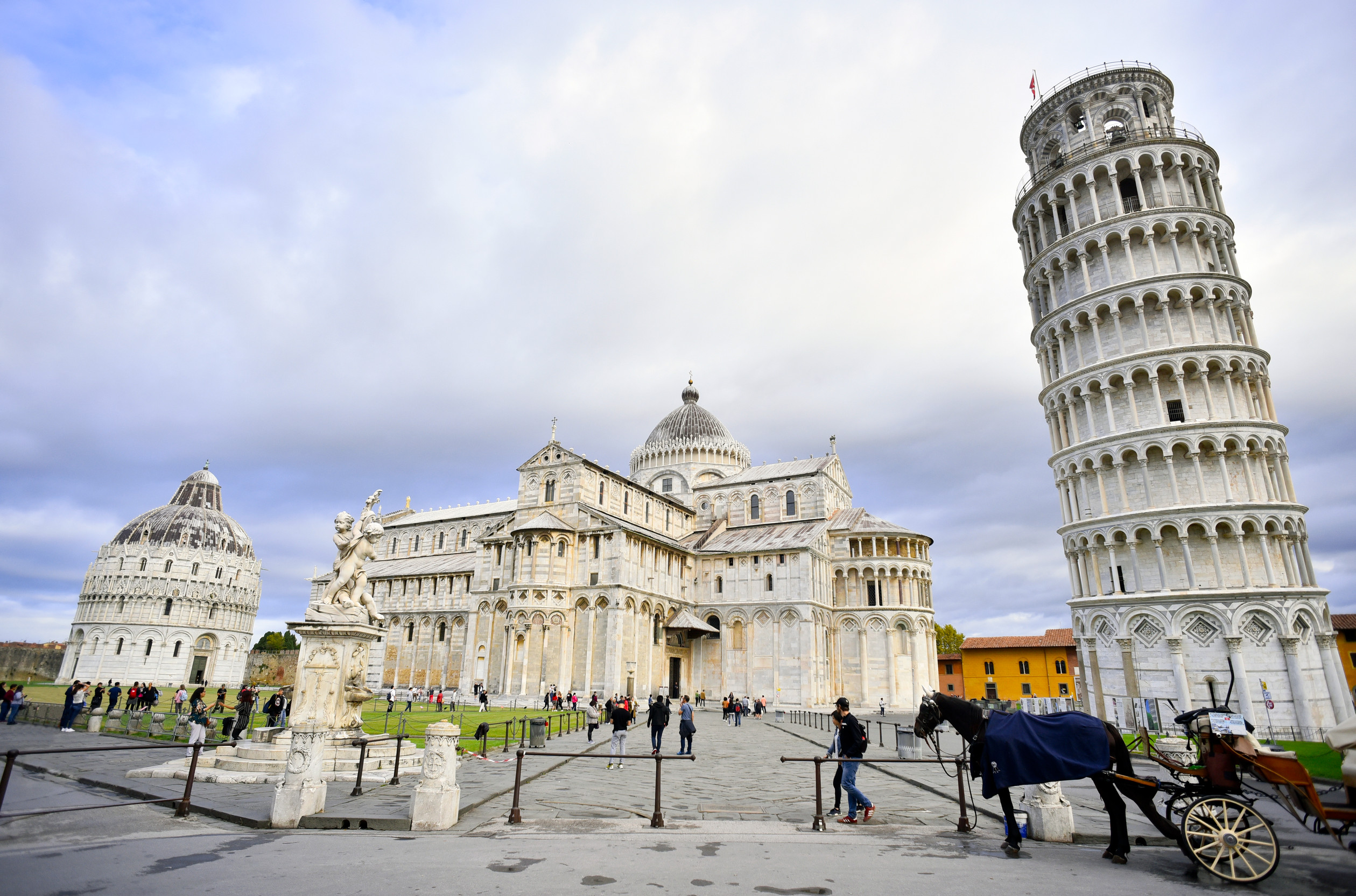With the sudden and unexpected spread of Covid19, thermal scanners were immediately a key player in the measures implemented to manage the emergency. Sunell Italia told us how an existing technology - a thermoscanner designed two years earlier - was immediately applied in various fields for the immediate, fast and discreet detection of body temperature, enabling the new safety standards imposed by the pandemic to be met in the first months of its evolution.
Aeroporti di Roma, Italy's main airport, was the first "critical site" where the company was called upon to implement its solution, providing SN-T5 Panda, the thermal imaging system with features that have made it possible to guarantee accurate temperature control in the flow of people in an airport transit, without generating queuing problems and inefficiencies in space management. A successful example that in a short time, between March and April 2020, has led many other Italian airports to adopt the same technology.
Within the government, the same solution was immediately implemented by the Civil Protection and COI (Operational Command Interforce Division), the Air Force and Navy Command and the Italian Police Force, from whom the civil and military Coronavirus emergency was managed.
Subsequently, action was taken at government offices, with the Senate at Palazzo Madama and the Chamber of Deputies at Montecitorio, television stations and the State Railways.
Even some hospitals and nursing homes have considered it essential to equip themselves with automatic control systems for the detection of body temperature in different Italian cities - Milan, Bergamo, Trieste, Bari, Foggia and Palermo - as well as some universities and municipalities. In April 2020, this was followed by requests from companies and private entities in the insurance, postal, banking, food, metal, paper, automotive and many other sectors.
Of all the installations supported, there are two that have proved particularly challenging: the first, back in March 2020, was at the Civil Protection headquarters in Rome, the headquarters of Covid management.
The particularly difficult installation, in a covered outdoor area with hot pavement and cars in the background, required special product tuning and the introduction of new features to avoid false alarms by viewing hot objects beyond the face of the recognised person, considering that the product is capable of measuring the temperature of 45 people at the same time in an area ranging from 5 metres away from the camera to a width of 4.50 metres.
The second complex installation, one of the most recent, was carried out at the Quirinale palace, at the Presidency of the Republic: in particular, the external hallway of the driveway entrance that opens onto Piazza del Quirinale, which is exposed to the sun and strong winds throughout the day. The site had to be protected for the forthcoming reopening of the palace to Italian and foreign visitors and guests: the technology used was the Panda thermal scanner, which, with the appropriate adjustments, was able to adapt to the environment. On 24 and 25 April, on the occasion of Italian Liberation Day, this technology worked tirelessly on more than a thousand transits without any detection problems or false alarms.
The new deployment of thermal scanners is an example of how the reliability of previously engineered technologies and the experience of industry professionals committed to producing bespoke adaptations has been decisive and "enabling" at an extremely complex time in history where security has proven its usefulness and made a concrete contribution to returning to the new normal.







